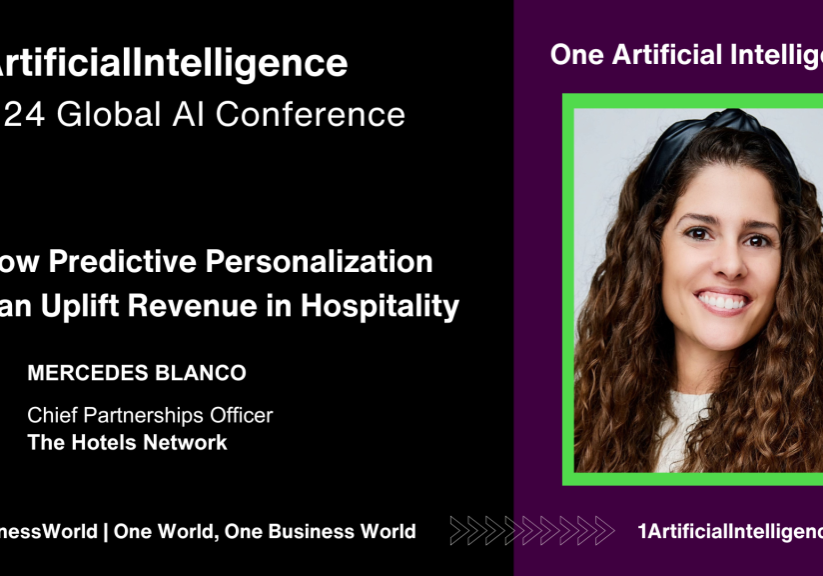
Gideon Kimbrell
Contributor
Gideon Kimbrell is the co-founder and CEO of InList.
More posts by this contributor
3 gadgets not quite ready for prime time
Elon Musk’s recent announcement of an upcoming Tesla Bot — complete with a human form, “human-level hands” and a characteristically optimistic delivery date — has garnered a healthy serving of criticism for good reason.
Among other capabilities, Musk says, the robot will eventually be capable of running errands such as going to the grocery store alone. Boston Dynamics, which has developed the most advanced humanoid robot ever created, has spent more than a decade working on its Atlas platform. While progress has been impressive, with Atlas running, jumping and even dancing in front of tens of millions of YouTube viewers, the company is quick to acknowledge that the robot is a long way from performing complex tasks autonomously.
One of the best examples of evolutionary robotics potential — and unfulfilled promise — goes as far back as 2010 to a study published in the PLOS Biology journal. The study’s authors used physical robots equipped with motors and sensors (not just simulations) to conduct several evolutionary models and fitness goals: collision-free navigation, homing, predator-prey coevolution and more.
They concluded that “these examples of experimental evolution with robots verify the power of evolution by mutation, recombination and natural s …












